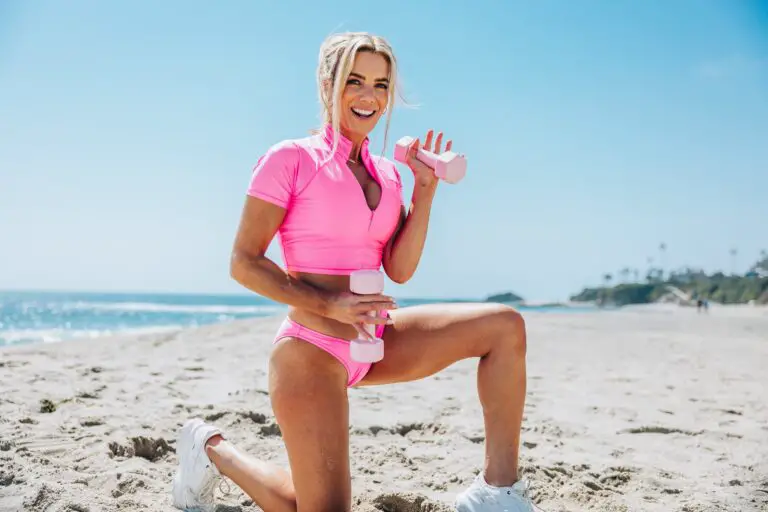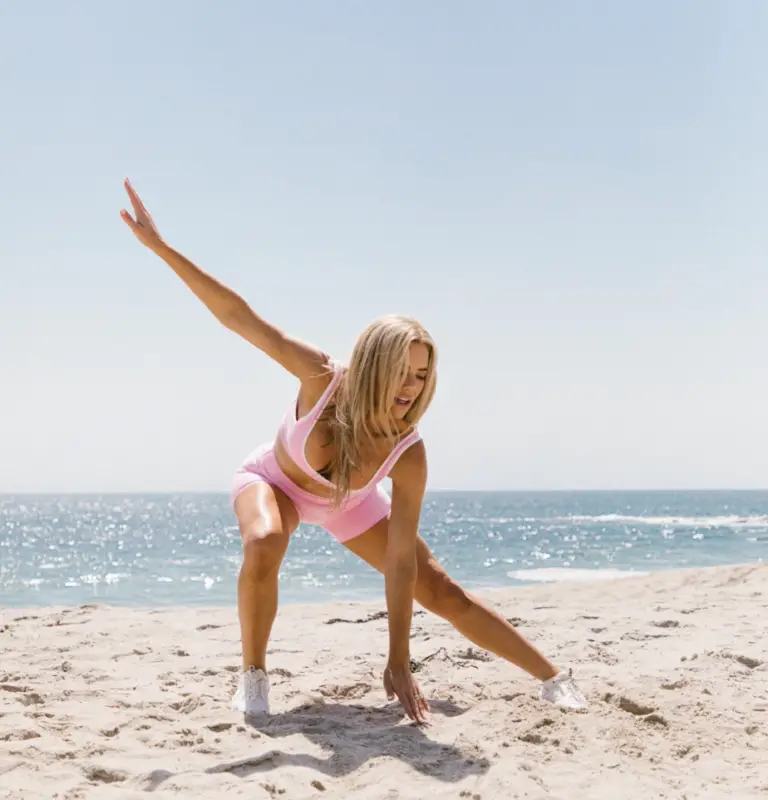What Type 1 Muscle Fibers Do and How to Train Them
If your goal is to PR a marathon, climb a mountain, or crush your coworkers in the annual office plank competition, you need to understand type 1 muscle fibers and how to build them.
Of the two primary types of skeletal muscle fibers, type 1 muscle fibers (a.k.a. “slow-twitch” muscle fibers) are more endurance-oriented and are crucial to steady-state exercise, high-rep strength-training sets, and isometric holds.
But before we get into the specifics of how to target type 1 fibers in your workouts, let’s first take a closer look at what they are and how they function.
What Are Type 1 Muscle Fibers?
Compared to type 2 (fast-twitch) muscle fibers, which are larger and more powerful, type 1 muscle fibers have long contraction times (hence their “slow-twitch” moniker). As a result, they generate less force, but they’re more fatigue-resistant.
That’s why they’re your body’s go-to fibers for longer-duration, steady-state activities like running and cycling, and for continuous-effort, higher-rep strength workouts like circuit training.
How to Train Type 1 Muscle Fibers

Every muscle contains both type 1 and type 2 muscle fibers, and everyone is born with their own unique ratio of them, says Breanne Celiberti, MS, former adjunct instructor in the Human Performance department at the University of Tampa. But with targeted training, you can favor and build one fiber type over the other.
To develop your type 1 muscle fibers, focus on aerobic and endurance-oriented activities and training modalities:
1. Steady-state training
Maintaining a steady pace for longer distances will hammer your type 1 fibers (as opposed to sprinting and interval training, which target type 2 fibers).
2. Resistance training
Weave light-weight, high-rep sets into your routine to target your type 1 fibers. Research also shows that performing both light-weight/high-rep and heavy-weight/low-rep sets can help maximize hypertrophy (muscle building) by working both of the primary muscle fiber types.
3. Circuit training
Back-to-back sets of plyometric, bodyweight, and weightlifting exercises will tax both your cardiorespiratory system and your muscles — especially your type 1 fibers.
What Do Type 1 Muscle Fibers Look Like?
Type 1 muscle fibers require more oxygen to produce energy than type 2 muscle fibers, so they are red. Their counterparts, type 2 muscle fibers, which are more anaerobic (oxygen-independent), are white.
“Type 1 fibers are also a bit smaller,” Celiberti says. “Upon close examination, type 1 muscle fibers have higher capillary density and oxidative capacity, as well as a smaller diameter than type 2 fibers.”
#Type #Muscle #Fibers #Train






